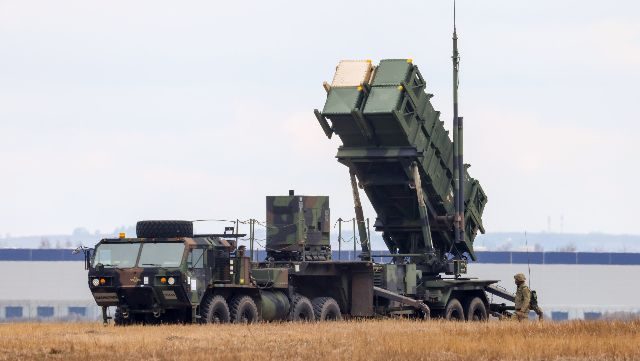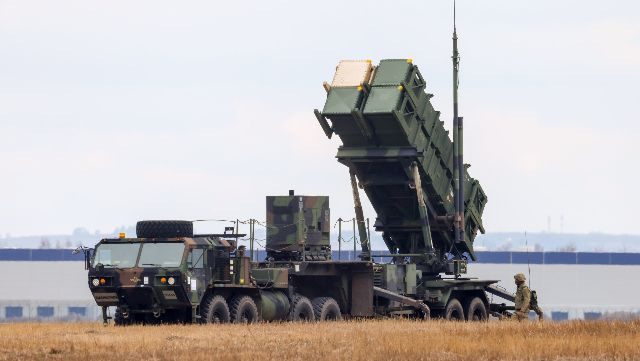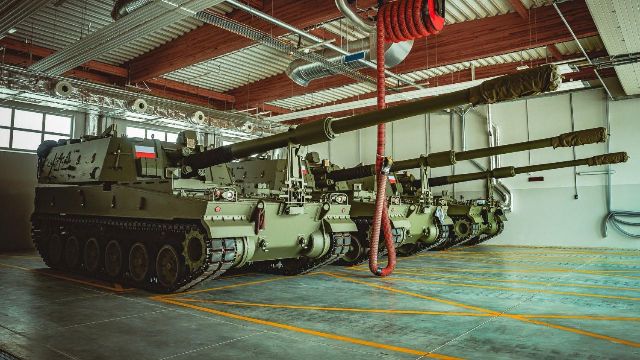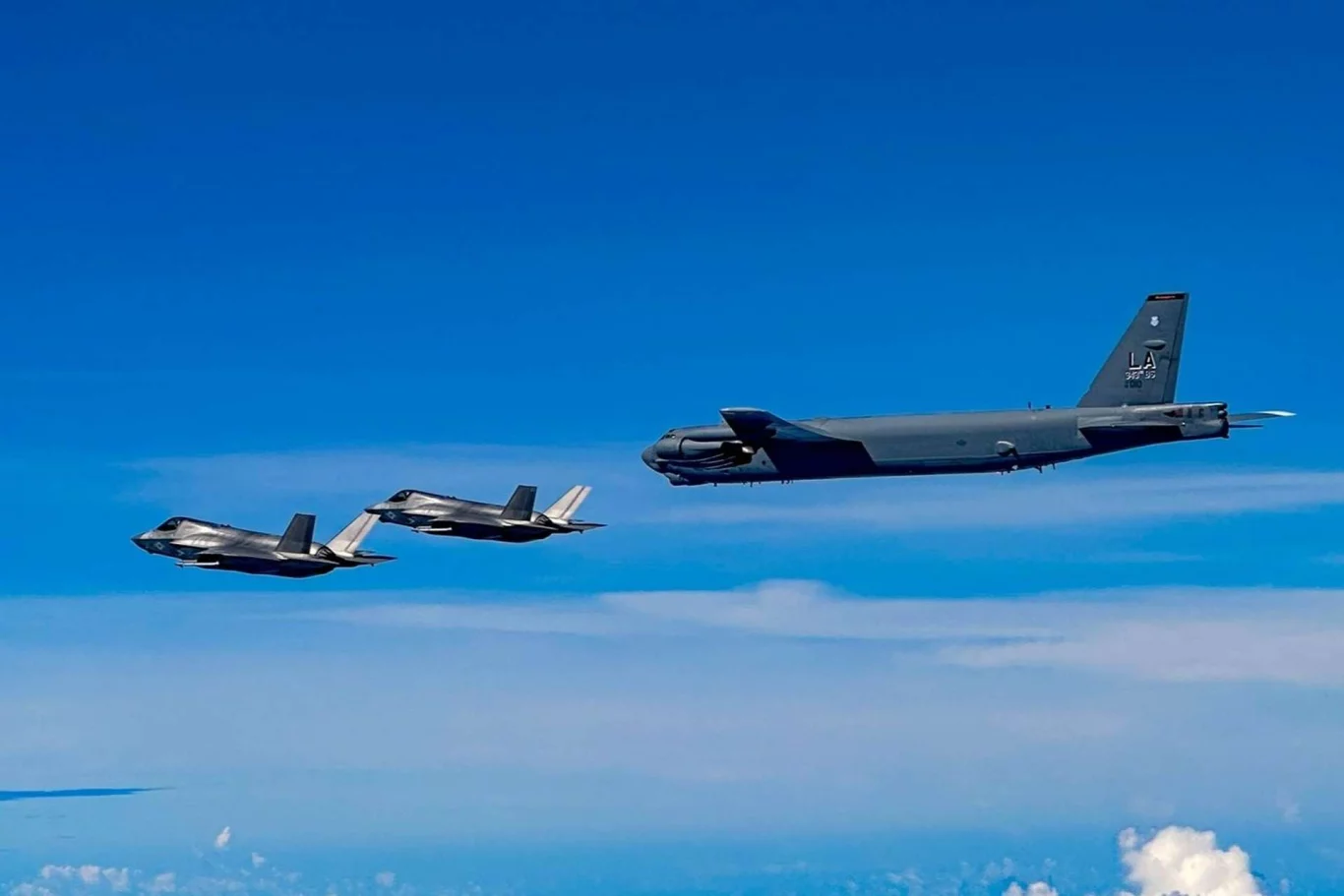President Trump pledges to deliver 17 Patriot systems to Ukraine by fall, threatening Russia with tariffs if talks fail, amid strained U.S. interceptor stocks.
In a clear display of U.S. commitment to bolster Ukraine’s defensive capabilities, former President Donald Trump declared on July 14, 2025, that efforts are underway to deploy a total of 17 Patriot missile defense batteries to Ukraine by this autumn. This initiative was announced alongside NATO Secretary-General Mark Rutte, signaling a significant shift in Western support patterns (Bulgarian Military).
Trump emphasized that these are not individual missile launchers being offered piecemeal, but rather full Patriot units—including radar systems, control centers, and full complement batteries. According to his statements, one unnamed Western ally currently possesses exactly 17 such systems that are ready for immediate shipment (Al Jazeera).
Under the proposed transfer plan, NATO member nations would essentially facilitate the export by providing Patriot units from their own stockpiles. In turn, the U.S. would replenish those arsenals with new production paid for by European partners. This approach aims to ensure Ukraine quickly receives more advanced air defense protection without draining U.S. reserves .

Strategically, this marks a notable departure from Trump’s previous skepticism toward large-scale U.S. military involvement in Ukraine. He connected the arms promise to broader policy power plays—threatening that if Russia fails to engage seriously in peace negotiations within 50 days, the U.S. could impose steep secondary tariffs on nations trading in Russian oil (Reuters).
For Ukraine, securing 17 Patriot units would represent a major boost to its air defense capabilities, especially as its cities and critical infrastructure are increasingly under threat from cruise missiles and high-altitude ballistic attacks—a growing concern noted since Ukraine began receiving Patriot systems in previous years (Al Jazeera). Still, some analysts caution that full protection will require more than just Patriots; Ukraine also faces persistent low‑altitude drone swarm threats that these systems are less suited to intercept .
The Trump-Rutte announcement comes amid rising demands from Kyiv for enhanced air defense. Ukrainian officials have long highlighted the urgent need for both quantity and variety in their defensive arsenal—while Patriot systems are critical, they historically intercept a relatively small share of airborne threats, underscoring a growing need for layered coverage that addresses both missiles and drones (Al Jazeera).
Whether this delivery can be made swiftly enough to reach Ukrainian frontlines by fall remains to be seen. Trump exuded confidence that the units could be ready “within days,” pending coordination under NATO’s supply framework (Reuters). Still, the logistical complexities of transfer, training, and integration in the field could influence the actual timeline.
Nevertheless, the pledge marks a meaningful moment for Ukraine’s air-defense posture and signals renewed Western resolve. If executed as outlined, it will represent one of the most substantial Patriot system deployments to Ukraine yet, setting a stronger defense line against missile and aerial assaults as the Ukrainian conflict enters its next phase.
Let me know if you’d like a more narrative version or further breakdown!




